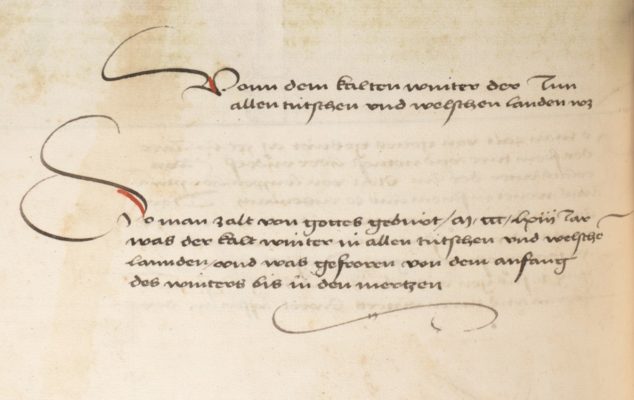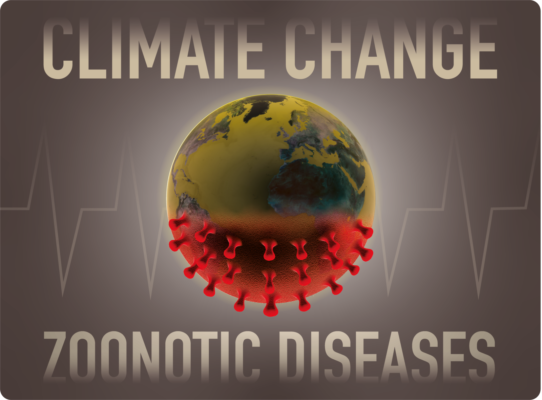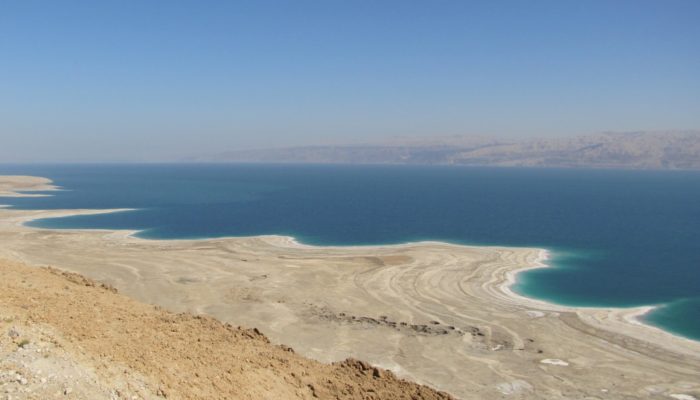What is historical climatology? Historical climatology is an interdisciplinary research field between paleoclimatology and the historical sciences, that explores the archives of societies to examine the climate of the past. Archives of society mean all man-made remains of the past in contrast to archives of nature. The latter represent physical remains of natural processes such as tree rings and s ...[Read More]
Are the risks of zoonotic diseases rising in the Anthropocene due to climate change?
The recent coronavirus outbreak (i.e., nCovID-19; Fig. 1) has caused global panic, along with widespread travel bans, home quarantines and country-wide lockdowns. The World Health Organization (WHO) declared nCoVID-19 as a pandemic as of March 11th, 2020 (WHO, 2020). To tackle this global health crisis, scientists are attempting to synthesize a vaccine, while countries are trying to mitigate the n ...[Read More]
Dead Sea – lively stories of the past
The Dead Sea is dead. Nothing can live there except for specialized microbes. The water with a salinity multiple times higher than seawater prevents a colonization by higher life forms. However, it does not prevent the input of organic material that can tell us stories about the past. A unique sediment record The Dead Sea, located at the lowest elevation on Earth – currently about 430 m below sea ...[Read More]
Seasonal Greetings

The anticipation is rising, the offices smell of gingerbread and cookies, papers get written to be done just in time for Santa and his elves. Everyone is happily stressed these days working on the perfect Christmas presents, but then… aah, what to present at next year’s EGU? Which session to attend? This is a friendly reminder of the abstract submission deadline at 15th January. Read up on how to ...[Read More]



